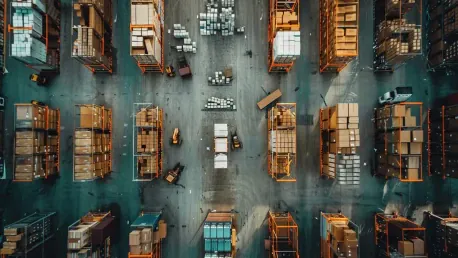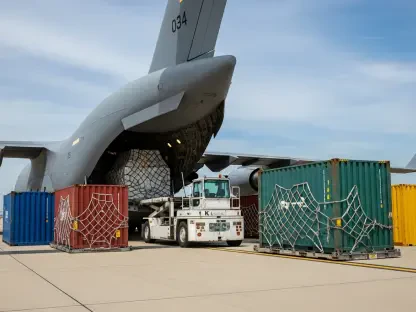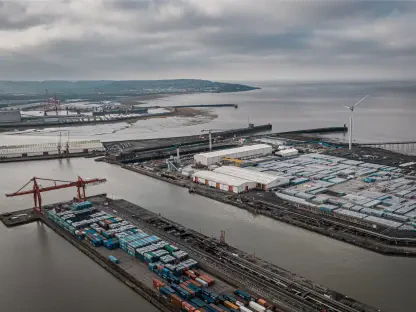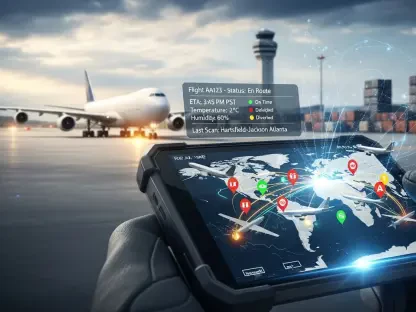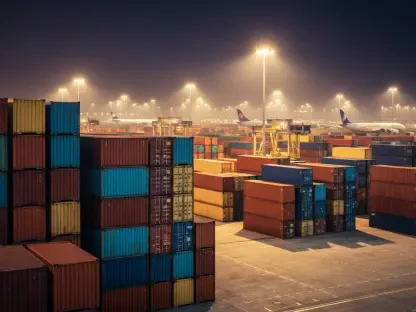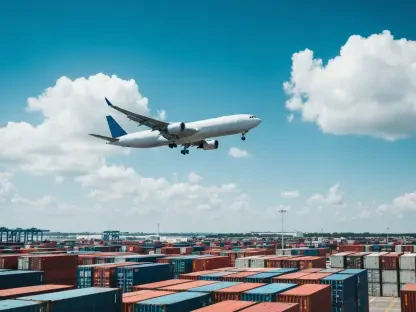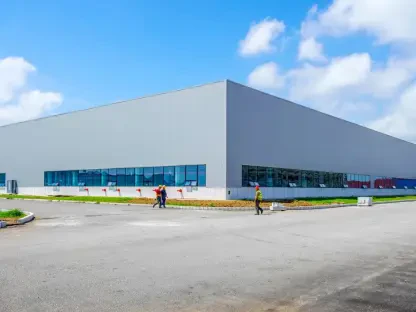The realm of warehouse operations is undergoing revolutionary changes, largely driven by advancements in robotics. These transformative technologies are not just enhancing storage density and picking dexterity but are also integrating artificial intelligence to bring unprecedented efficiency to various logistic processes. With significant developments across multiple fronts, including intelligent navigation, autonomous mobile robots (AMRs), and sophisticated vision systems, warehouses are quickly evolving into highly automated hubs of productivity and accuracy.
Integrate with a Warehouse Execution System (WES)
Ensuring your robotics functions are a seamless component of an all-encompassing warehouse system is crucial for achieving operational excellence. Integration with a Warehouse Execution System (WES) ensures fluent communication between robots and existing IT systems, which is elemental for maintaining a highly efficient logistics environment. The critical aspect here is to focus not only on how these systems can replace human labor but also on how they can work in harmony with existing operations to accomplish a more streamlined workflow.
The WES acts as a nerve center, coordinating tasks, managing workflows, and facilitating overall warehouse management. For instance, leading-edge advancements from companies such as Pudu Robotics have demonstrated robots like the PUDU T300 can navigate complex industrial facilities, integrating seamlessly into existing systems. It is engineered for material logistics in discrete manufacturing, thus enabling a smooth flow from production lines to quality-check zones. Such coordination optimizes both time and resources, making it evident why a well-integrated WES is non-negotiable for leveraging robotic efficiencies.
Prepare It for Picking and Collaboration
Incorporating robotic systems that facilitate error-free parts picking, kitting, assembly, and sequencing transforms how warehouses operate on a day-to-day basis. Collaborative robotics, or cobots, enable better human-robot interaction, which maximizes the efficiency of warehouse operations. These robots can perform intricate tasks like picking varying items in diverse environments, significantly reducing the margin of error and increasing throughput.
For instance, the adaptive Grav Enhanced Gripper designed by Flexiv uses two-finger pinching and gecko-inspired superfriction materials, allowing it to handle mixed SKU consignments effortlessly. It can adapt to different objects—from soccer balls to champagne bottles—ensuring high precision in picking tasks. Moreover, innovations like Boston Dynamics’ Stretch robot offer impressive capabilities in handling various package types and sizes, further streamlining the picking process and providing predictability in warehouse operations. The combination of sophisticated robotic support for picking and advanced collaborative elements positions warehouses for optimal performance.
Enhance Human Labor with Automation
When implementing automated systems, the goal is not just to replace human labor but to enhance it. Robotic systems that work alongside human workers can drastically improve productivity and efficiency. Autonomous mobile robots (AMRs) and pick-to-light carts are some examples of how automation can bolster human efforts, making roles more productive and less labor-intensive.
Flexiv’s Grav Enhanced Gripper and other such technological marvels enable robots to handle complex picking tasks, all while working in tandem with human operators. This coexistence boosts efficiency, particularly in environments that face labor shortages. For instance, Deus Robotics’ AI-powered AMRs can autonomously handle up to 2,645-pound loads at a speed of 7.2 feet per second, which not only handles 90% of warehouse picking but also allows human workers to focus on more complex tasks requiring human ingenuity. This synergy between human labor and robotic automation is indispensable for modern warehouse efficiency.
Prioritize Scalability
Warehouse operations are experiencing unprecedented changes driven by advancements in robotics and artificial intelligence. These cutting-edge technologies are revolutionizing how warehouses function, significantly optimizing storage and improving various logistic processes. The introduction of intelligent navigation systems, autonomous mobile robots (AMRs), and sophisticated vision systems is transforming warehouses into highly automated, efficient hubs. These innovations are designed to not only enhance storage density and picking accuracy but also streamline operations, making them faster and more reliable.
Robotics in warehouses go beyond basic automation. They are capable of intelligent problem-solving, adapting to real-time changes, and even collaborating with human workers to increase overall productivity. For instance, AMRs can navigate complex warehouse layouts autonomously, ensuring goods are picked, packed, and shipped with minimal human intervention. Vision systems equipped with advanced AI can identify, classify, and sort items with remarkable precision, further reducing errors.
Moreover, these technologies enable real-time data collection and analytics, allowing warehouse managers to make informed decisions quickly. This level of automation and intelligence in warehouse operations is setting new standards for efficiency and reliability in the logistics industry, promising a future where warehouses operate with unparalleled productivity and accuracy.
